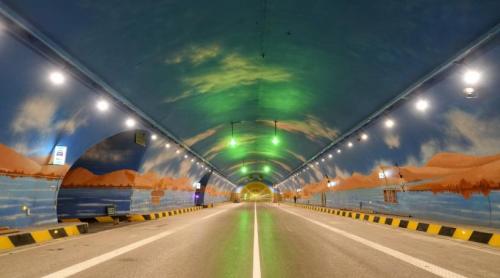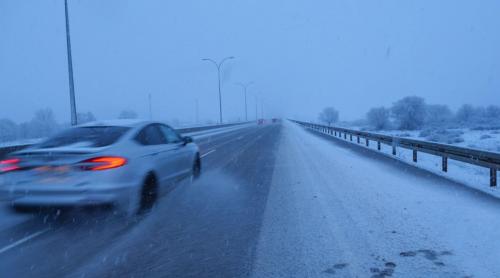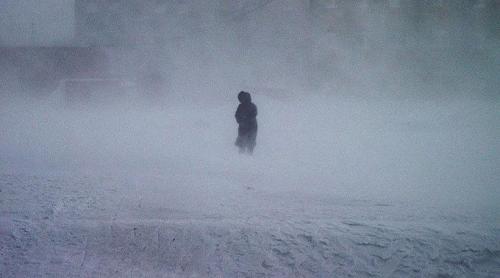
No one in the scientific world doubts that global warming takes place and that human activities have their part in it, with the emission of CO2 in the atmosphere. Things are more complex, though, in the world of politics, since the biggest CO2 emitters - namely USA, China, India and Russia – are reluctant to cut down on their emission of fear that would trigger an economic slowdown, and consequently social unrest.
No one in the scientific world doubts that global warming takes place and that human activities have their part in it, with the emission of CO2 in the atmosphere. Things are more complex, though, in the world of politics, since the biggest CO2 emitters - namely USA, China, India and Russia – are reluctant to cut down on their emission of fear that would trigger an economic slowdown, and consequently social unrest.
Quite an unexpected turn of events took place at the Global Conference in Bali, set to decide over new strategies for reducing the global heating, which follows the Kyoto Conference, set to end in 2012. Just as the deadlock was obvious to all, as the United States refused to agree on the proposed agreement, the representative of the Papua New Guinea told the US representative: “If you cannot lead, why don't you go out of our way?!”. As it happened, the US representative gave up his country's veto right.
The outlook for using fossil fuels took a turn for the worse globally, as the price of oil continues to surge. This further promotes alternative sources of energy, like wind-mills and solar panels. At the same time, however, this also made people reconsider the use of coal, as a cheaper fossil fuel. However, coal is more damaging to the environment than even oil.
On this background it becomes clearer than ever the need to step firmly into the age of green technology, which means marketing energy sourced in the power of the wind, water and sun, while at the same time conserving and expanding the green areas, particularly forests.
Let us go back to the effects of global warming on our country.
Mathematical models for the effects of the global warming showed that around 45 degrees latitude - which is the parallel Romania is placed on – the weather will display extreme behavior. In essence, the models showed that north of the 45 degrees latitude there will take place stronger storms and rains, while south of that parallel the drought will take the grip, turning into desert the lands.
The weather events of the past years seem to confirm these theoretical models, but we have to take these results with a pinch of salt, as on the one hand the models are a rough approximation of the complex reality and, on the other hand, the time lapse for drawing such conclusions was too short.
However, Romanian politics, policies and politicians should take stock and act accordingly, given that Romania could indeed be a promised land in the future green world::
1. Romania should put the money it already earmarked for the modernization energy sector into sources of energy which do not damage the environment, starting with the way it drafts its plans for rural and urban development;
2. The green revolution should take over the agricultural policy, and put Romanian farmers in a leading position for reaping the benefits;
3. Romania should start using both the technologies and the funds already available for re-forestation;
4. The education system and the intellectuals as a group should start changing mentalities, which proved over time that the saying “Romanians love nature but abuse it” stayed true.
Floods and droughts are not acts of random fate, in the modern world, but the effects of natural phenomena that we ceased to adapt to.
In Romania, they are not acts of God, but acts of weak political will for using the money and the resources to prevent them.
Citește pe Antena3.ro












